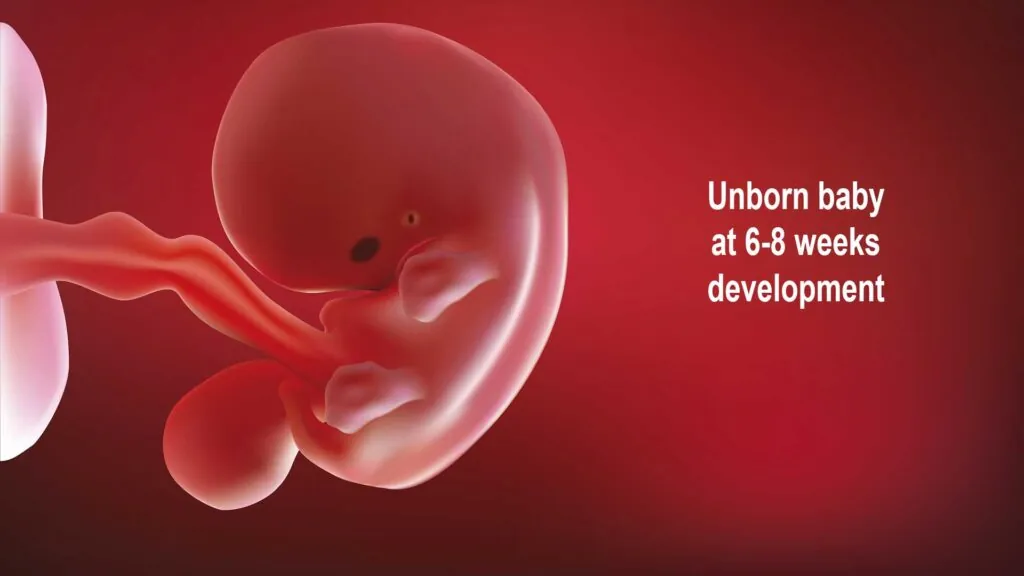To my husband, the idea that all humans are able accurately to measure time without recourse to clocks, seems laughable. For if this is so, why is it that I am so consistently late? To that question there may never be an answer.
It is nevertheless a well-documented fact that some people can estimate time with an error of less than 1% even after 3 or more days.
Clocks here, there, and everywhere
This phenomenon, the ability to measure time, is extremely widespread among living creatures. The only exceptions appear to be bacteria, mosses, embryos, and creatures that live in constantly dark environments.
A variety of functions in plants and animals such as enzyme activity vary in intensity with time of day. These cycles appear to be the source for biological clocks. In humans, for example, 20 functions have been shown to vary with time of day. These include wakefulness and body temperature.
Processes in plants or animals which show a regular pattern of increase and decrease every 24 hours, are called circadian rhythms. The term comes from the Latin circa (about) and diem (day). To be a true circadian rhythm a process must take about 24 hours to complete. Moreover, the force driving the process must originate inside the organism. That is, the process must continue for several days at least, even when conditions are constant. In many plant species, for example, flowers are already beginning to open before dawn. It is almost as if they “know” the sun is about to rise. Even in constant darkness these flowers still open at the correct time.
It is an interesting feature of biological clocks that they cannot be reprogrammed to cycles shorter or longer than approximately 24 hours. Studies on humans and test animals in space have shown that they do not adjust well to external cycles which deviate too much from 24 hours.
While the length of a rhythm cannot be altered, the rhythm can be shifted. Organisms can adapt to new time zones but the adjustment may take some time. When the pattern of living has been reversed in humans, as for night work, rhythms such as body temperature may take as much as 9-10 days before inversion is complete. No wonder we experience jet lag!
Even algae have it!
In nature, the variety of organisms able to give off a glow of light include some bacteria, some fungi, and some marine crustaceans. The only photosynthetic organisms able to emit light, however, are tiny one-celled marine algae called dinoflagellates. In these organisms the capacity to glow follows a circadian rhythm. They give off light when they are jostled at night. When there is wave action the glow from concentrations can be seen for miles. In one such species the brightest luminescence occurs about 6 hours after night fall, and the dimmest flashes occur 12 hours later. Even in the laboratory where there is no change in the surrounding darkness to indicate passage of night and day, luminescence during the night phase may be as much as 14 times brighter than during the day phase.
Biological clocks which measure tidal rhythms (12.8 hours) and lunar cycles (29.5 days) also occur. Certain diatoms (algae with glass walls) emerge onto tidal flats at low tide. They retreat down into the sand just before the tidal waters return – otherwise they would be washed away. This rhythm continues in the laboratory under constant conditions. How are these organisms able to anticipate the changing tides?
Most famous of the organisms which measure lunar rhythms is the palolo worm of the Pacific and Atlantic coasts. It reproduces only twice a year, during the neap tides of the last quarter moon in October and November.
Quite the mystery
Although ability to discern tidal and lunar rhythms clearly enhances many organisms’ ability to survive, the same cannot be said for many circadian rhythms. It is a curious fact that many circadian rhythms lack obvious selective value. That is, the possession of these rhythms does not seem to enable the organism to survive better. If these capabilities came about by natural selection, as evolution theory demands, then they should confer those possessing the ability with some kind of advantage over those lacking it.
Even more frustrating for the evolutionist is the question of the mechanism driving these rhythms. Experts assume the driving force must be physical rather than chemical, as temperature changes do not affect the clock. Temperature changes do affect chemical reactions, so these cannot be involved. What evolutionists would like to find is a driving force which is the same in all organisms. Conclusions about common ancestry would then be easy to draw. The evidence however seems to point away from such a common mechanism. It seems the different organisms keep time in different ways. Not only that, but different rhythms within one organisms, seem to run independently of each other. Such apparent independence of origin bodes ill for evolutionary theory.
This article is a classic from Creation Science Dialogue, Volume 8, Number 2, 1981. For a fun sequel published last year, see “Celebrating Rhythm!” from Creation Science Dialogue, Volume 44, Number 3, 2017.











